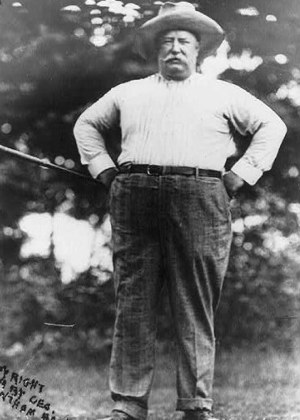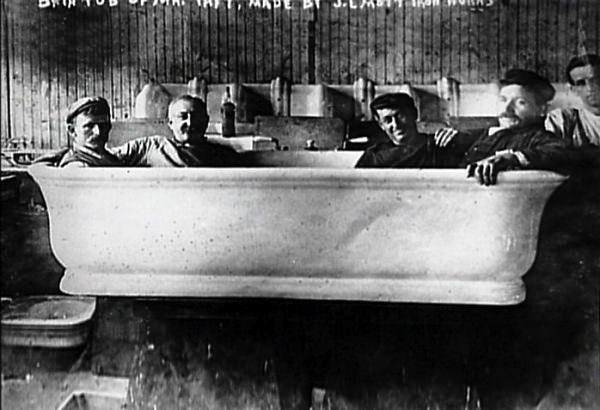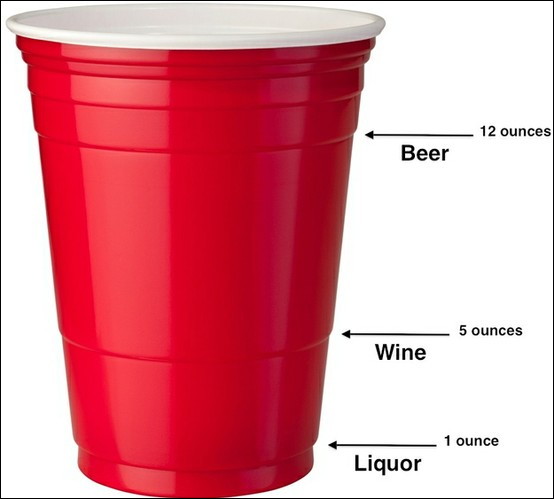Crop Circles and Ostension —
An
article on smithsonian.com discusses the history of crop circles and why people believe in them. Part of the reason is the paradox of ostension. Fake evidence, even if proven fake, nevertheless tends to reinforce belief:
False evidence intended to corroborate an existing legend is known to folklorists as “ostension.” This process also inevitably extends the legend. For, even if the evidence is eventually exposed as false, it will have affected people’s perceptions of the phenomenon it was intended to represent. Faked photographs of UFOs, Loch Ness monsters and ghosts generally fall under the heading of ostension. Another example is the series of photographs of fairies taken by Elsie Wright and Frances Griffiths at Cottingley, Yorkshire, between 1917 and 1920. These show that the motive for producing such evidence may come from belief, rather than from any wish to mislead or play pranks. One of the girls insisted till her dying day that she really had seen fairies—the manufactured pictures were a memento of her real experience. And the photos were taken as genuine by such luminaries as Sir Arthur Conan Doyle—the great exponent, in his Sherlock Holmes stories, of logic.
According to Jan Harold Brunvand in
The Encyclopedia of Urban Legends, there are a number of varieties of ostension.
Ostension itself involves people inspired to act out legends. Examples of this would be "people forming satanic groups and practicing rituals based on stories they have heard, as well as carrying out mutilations, sacrifices, murders, or other crimes." Then there's
pseudo-ostension, in which people pretend to act out legends. Example: "teenagers dressing as the grim reaper to scare other teens visiting a legend-trip site." Finally, there's
quasi-ostension in which people use legends to explain mysterious events. Example: "observers interpret some puzzling information (such as cattle mutilations) not as a likely result of natural causes (like the work of predators) but as resulting from cult activity or visits from extraterrestrials, as described in rumors and legends."











